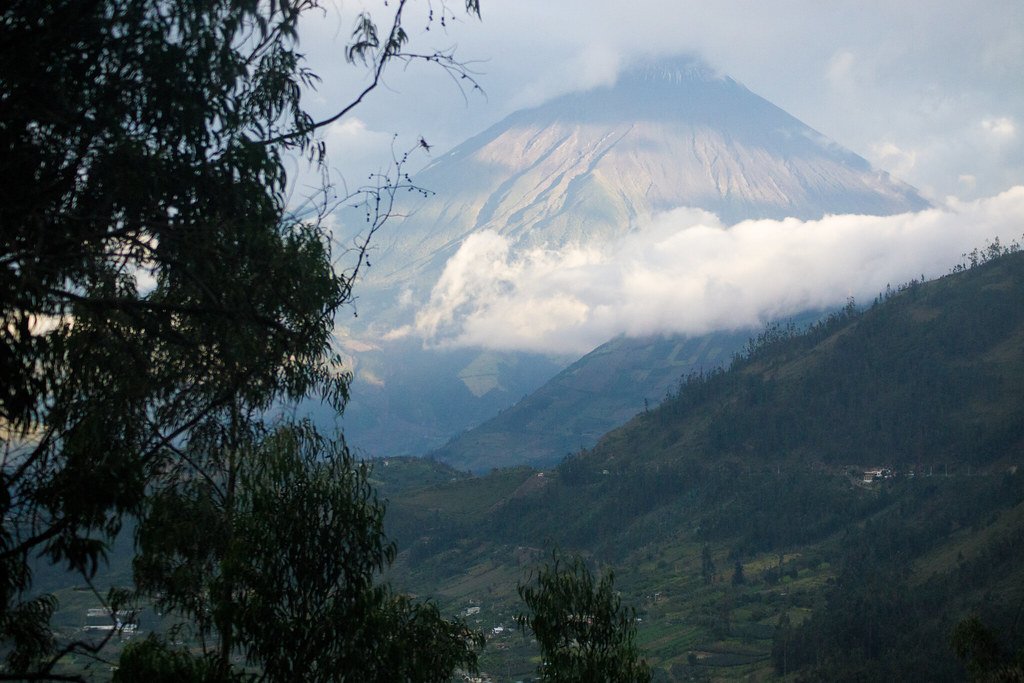Imagine waking up to a world where the colors of the ocean have faded, where once-vibrant underwater cities now lie silent and gray. Coral reefs, often called the rainforests of the sea, are not just beautiful—they are the heartbeat of our oceans. Their slow demise is not just a tragedy for divers and marine biologists; it’s a looming disaster that could shake the very foundation of life beneath the waves and far beyond. The fate of coral reefs is intertwined with the fate of our planet in ways most people can’t even begin to imagine. Let’s dive into the ripple effects of their loss and why their survival matters to us all.
The Vibrant Web of Life on Coral Reefs
Coral reefs are bustling hubs of biodiversity, providing a home to more than a quarter of all marine species. From tiny, colorful fish darting between coral branches to stealthy predators lurking in the shadows, these ecosystems are teeming with life. Every inch of a healthy reef is alive with movement and sound, forming a complex tapestry of interactions. Reefs offer shelter, breeding grounds, and feeding areas, creating a safety net for thousands of species. This rich web of life is so intricate that the loss of just one component can send shockwaves through the entire system. The decline of coral reefs threatens to unravel this delicate balance, leaving countless creatures homeless and vulnerable.
How Coral Reefs Support Global Fisheries
It’s hard to overstate the importance of coral reefs to the world’s fisheries. About one billion people rely on fish caught near reefs as a primary source of protein. These reefs serve as nurseries for commercially valuable fish like snapper, grouper, and parrotfish. Young fish find shelter among the coral’s nooks and crannies, safe from larger predators until they’re strong enough to venture out. Without reefs, these fish populations would plummet, leading to empty nets and hungry communities. The domino effect could be devastating, pushing small-scale fishers out of work and threatening food security for millions.
The Essential Role of Coral Reefs in Coastal Protection
Coral reefs act as natural barriers against the relentless power of the ocean. When storms hit, reefs absorb up to 97% of the energy from waves, protecting shorelines from erosion and flooding. Imagine a coastal town shielded by a living fortress—without it, every hurricane and typhoon would strike harder, washing away beaches, homes, and livelihoods. As reefs die, the world’s coastlines become more vulnerable. This puts billions of dollars’ worth of infrastructure at risk and endangers the lives of people living near the sea.
Coral Reefs and the Carbon Cycle
Coral reefs play a surprising role in regulating the planet’s carbon cycle. Through a process called calcification, corals lock away carbon dioxide, helping to keep atmospheric CO2 levels in check. When corals die, this process grinds to a halt, and the carbon stored in their skeletons can be released back into the water and atmosphere. This not only accelerates climate change but also acidifies the oceans, making it even harder for new corals to grow. The loss of reefs could tip the balance, sending us spiraling into a feedback loop of warming seas and dying marine life.
The Ripple Effect on Marine Food Chains
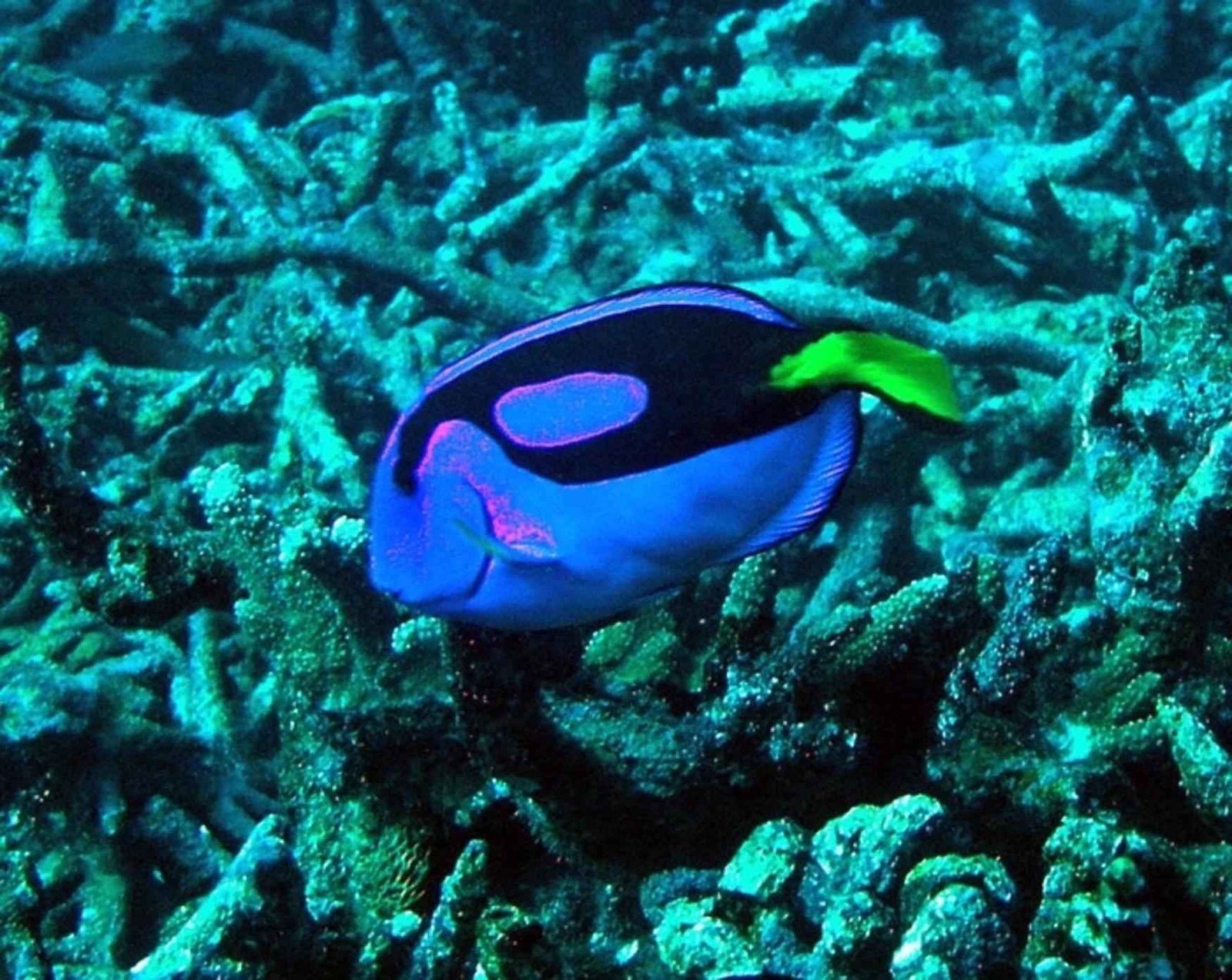
Coral reefs are the foundation of intricate food webs that stretch across the oceans. Tiny plankton feed on the nutrients released by corals, and small fish eat the plankton, followed by larger predators. When reefs vanish, this chain is broken. Predatory fish lose their hunting grounds, and herbivores run out of algae to graze on. It’s a bit like removing the roots from a tree—the whole structure above collapses. As species disappear or dwindle, the entire marine ecosystem becomes unstable, threatening a cascade of extinctions.
Tourism and Economies at Risk
Tourism built around coral reefs injects billions of dollars into local and national economies every year. Snorkelers, divers, and beach lovers flock to destinations like the Great Barrier Reef and the Maldives, supporting hotels, restaurants, and tour operators. When corals die and reefs turn into underwater graveyards, this steady stream of income dries up. Entire communities that depend on reef tourism face economic collapse, with few alternatives for employment. The loss isn’t just financial—it’s cultural, as traditions and ways of life tied to the sea fade away.
Medicines Lost with the Reefs
Many people are surprised to learn that coral reefs are a treasure trove of medical discoveries. Scientists have found compounds in reef creatures that fight cancer, bacterial infections, and even HIV. The vibrant colors and chemical defenses developed by corals and their inhabitants are a pharmacy waiting to be explored. As reefs die, so does the potential for future cures. It’s like burning a library before we’ve had a chance to read its most important books, robbing future generations of hope and healing.
The Threat of Coral Bleaching
Coral bleaching is one of the most visible signs of a reef in distress. When water temperatures rise, corals expel the tiny algae living in their tissues, losing both their color and their main source of energy. A bleached coral is a ghost of its former self—pale, fragile, and starving. Prolonged bleaching leads to mass die-offs, turning entire reefs into lifeless rubble. Recent years have seen record-breaking bleaching events worldwide, with scientists warning that some reefs may never recover.
Ocean Acidification: A Silent Killer
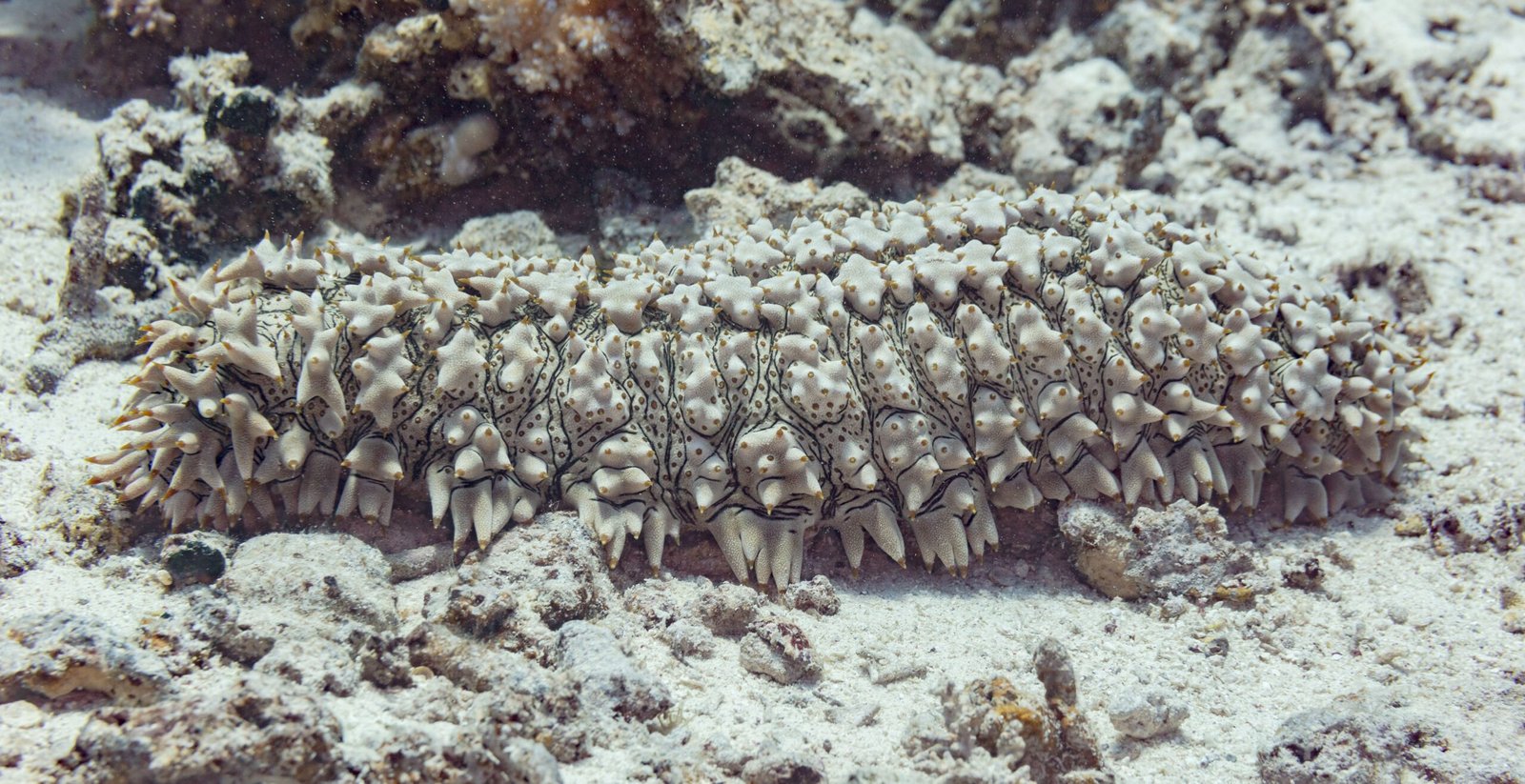
The oceans are absorbing more carbon dioxide than ever before, making the water more acidic. This silent shift eats away at coral skeletons, making it harder for them to grow and repair. Acidification also affects other shell-forming creatures like oysters and clams, threatening food supplies and livelihoods. The combination of warming waters and acidification is a double whammy that puts reefs on a collision course with extinction. If this trend continues, the world’s reefs could be gone within decades.
The Role of Coral Reefs in Scientific Research
Coral reefs are living laboratories, offering scientists a front-row seat to evolution, adaptation, and resilience. Researchers study how corals and their inhabitants respond to changing conditions, hoping to unlock secrets that could help us protect other ecosystems. Losing reefs means losing a critical window into the workings of life itself. The knowledge gained from reefs doesn’t just benefit marine science—it has ripple effects across fields like climate research, medicine, and environmental conservation.
Impacts on Indigenous and Coastal Communities
For many Indigenous and coastal communities, coral reefs are more than just resources—they are sacred spaces woven into cultural identity. Traditions, rituals, and livelihoods are tied to the rhythms of the reef. The collapse of these ecosystems threatens to erase centuries of wisdom and connection to the sea. It’s not just an environmental loss but a deeply personal and spiritual one. The disappearance of reefs would force countless communities to confront an uncertain future, stripped of both sustenance and heritage.
Loss of Habitat and Biodiversity
When coral reefs die, the intricate habitats they provide vanish as well. Fish that once darted among the branches of living coral are left exposed to predators, and species that depend on specific corals for food or shelter find themselves homeless. The loss of biodiversity is staggering, with some estimates suggesting that up to one million species could be affected. This is a mass extinction event unfolding in slow motion, and its repercussions could last for centuries.
Disruption of Ocean Currents and Nutrient Cycling
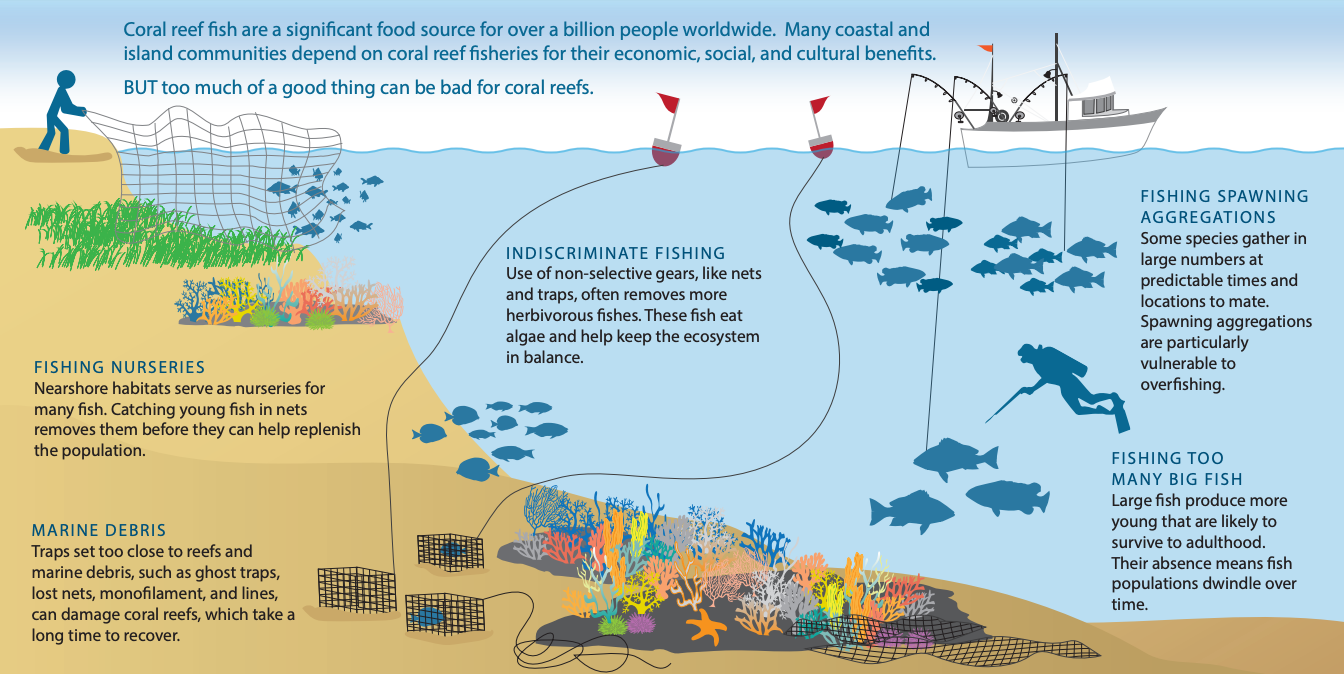
Coral reefs play a role in shaping ocean currents and nutrient flows, acting as both barriers and mixing zones. Their complex structures slow down water, allowing nutrients to settle and be recycled. When reefs disappear, these currents can shift, leading to stagnant waters or increased erosion. Nutrient cycles are thrown off balance, affecting everything from plankton blooms to fish migrations. The result is a less productive and less predictable ocean, with consequences that ripple around the globe.
Increased Frequency and Severity of Algal Blooms
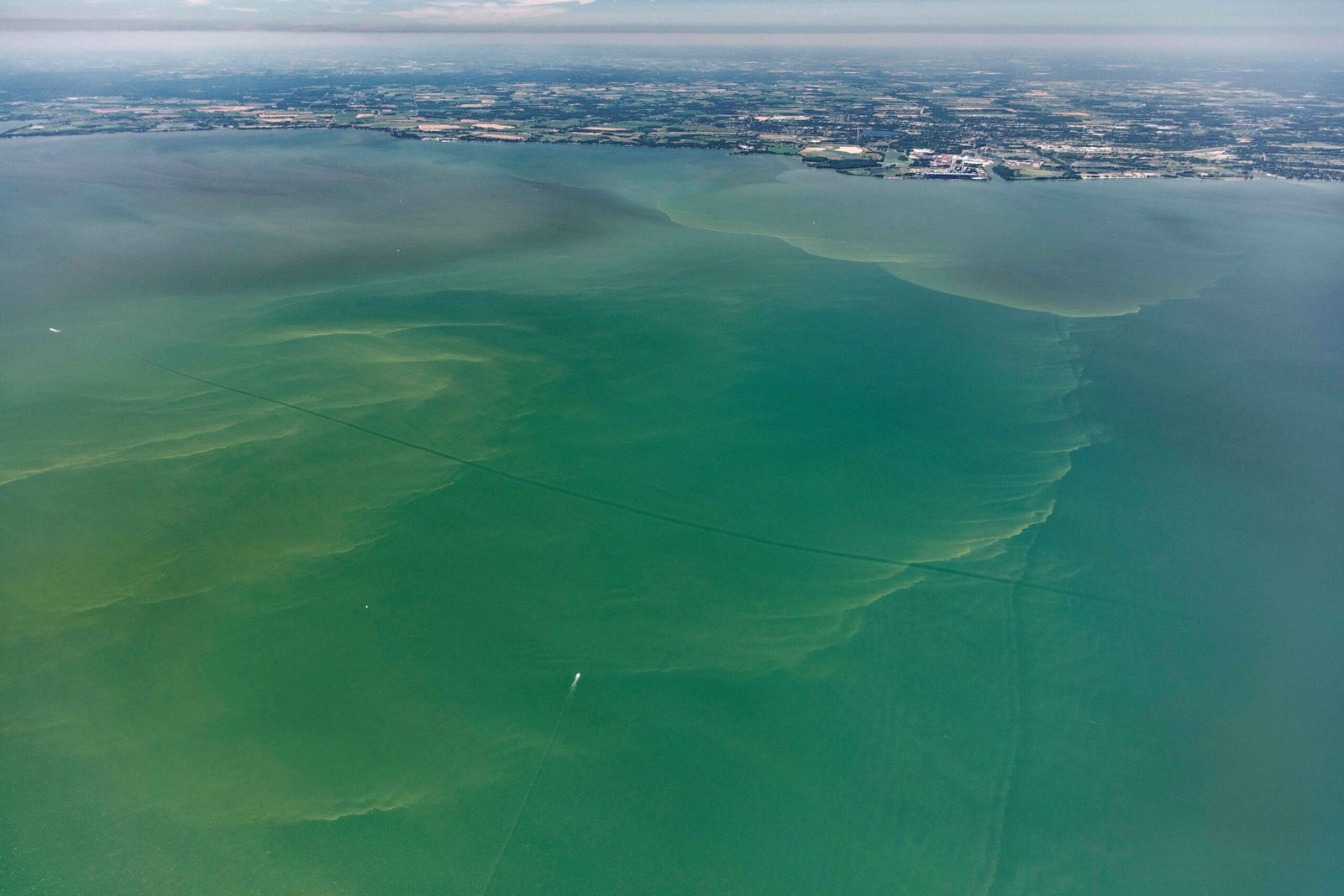
Healthy coral reefs keep algae populations in check, maintaining a balance between different types of marine life. When reefs die, algae can run wild, smothering what little coral remains and creating vast, slimy mats that choke out other life. These algal blooms can release toxins, kill fish, and turn clear waters into green soup. The transformation is dramatic—a once-thriving reef becomes a wasteland, inhospitable to most marine creatures.
The Psychological Impact on Humans
The loss of coral reefs isn’t just an environmental or economic crisis—it’s an emotional one too. For people who have witnessed the beauty of a thriving reef, their disappearance brings grief and a sense of helplessness. The idea that such vibrant ecosystems can vanish within a single lifetime is deeply unsettling. Many conservationists, divers, and ocean lovers describe a feeling of mourning, as if losing a beloved friend. This collective sorrow is a testament to the profound connection between humans and the sea.
Hope in Coral Restoration Efforts
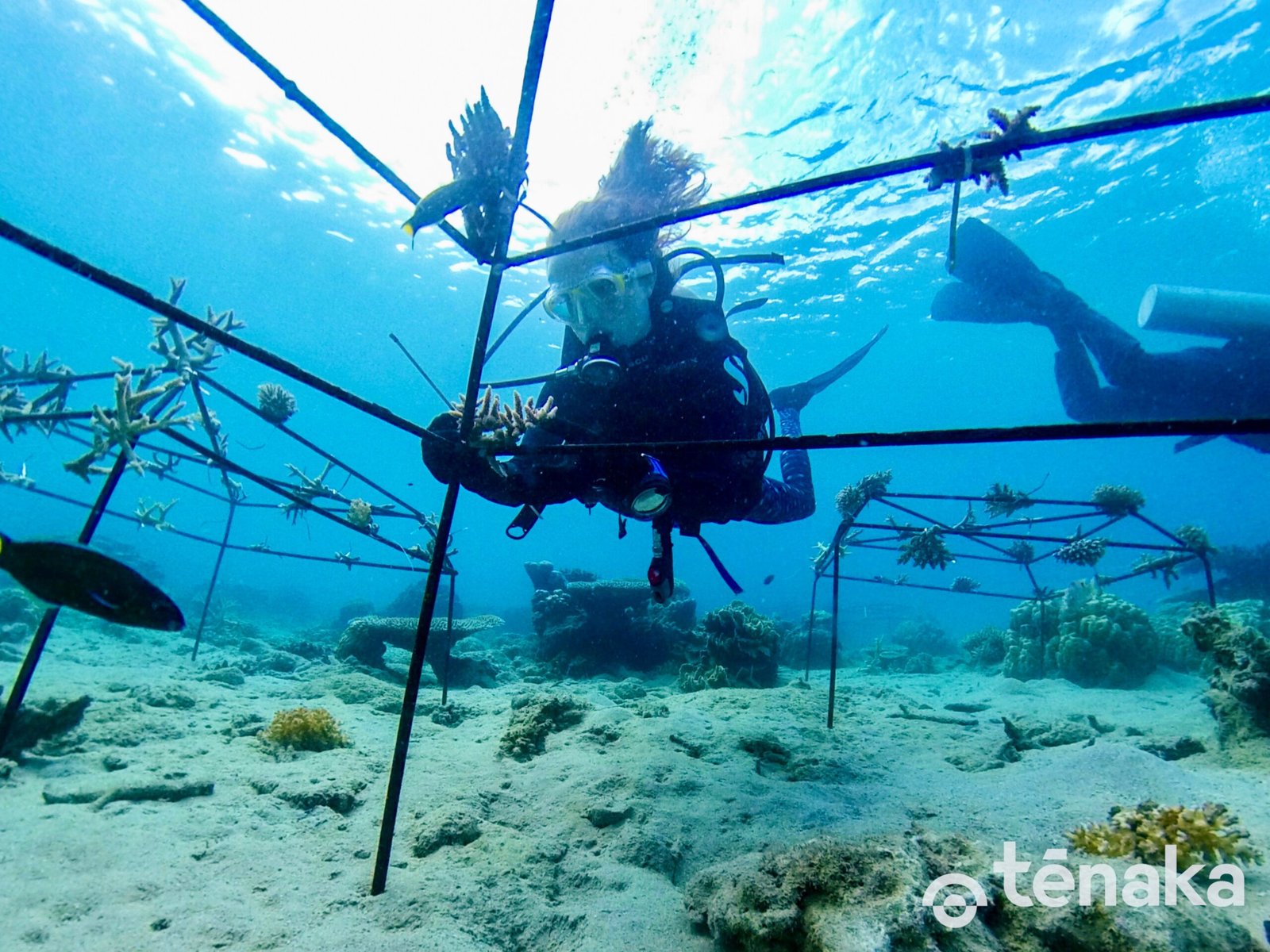
Despite the grim outlook, pockets of hope exist. Scientists and conservationists are pioneering coral restoration techniques, from growing corals in underwater nurseries to breeding heat-resistant strains. These efforts are small compared to the scale of the problem, but they show that recovery is possible. Communities around the world are rallying to protect and revive their reefs, demonstrating resilience and ingenuity. Every saved reef is a victory, a beacon that inspires others to act.
Climate Change: The Ultimate Threat
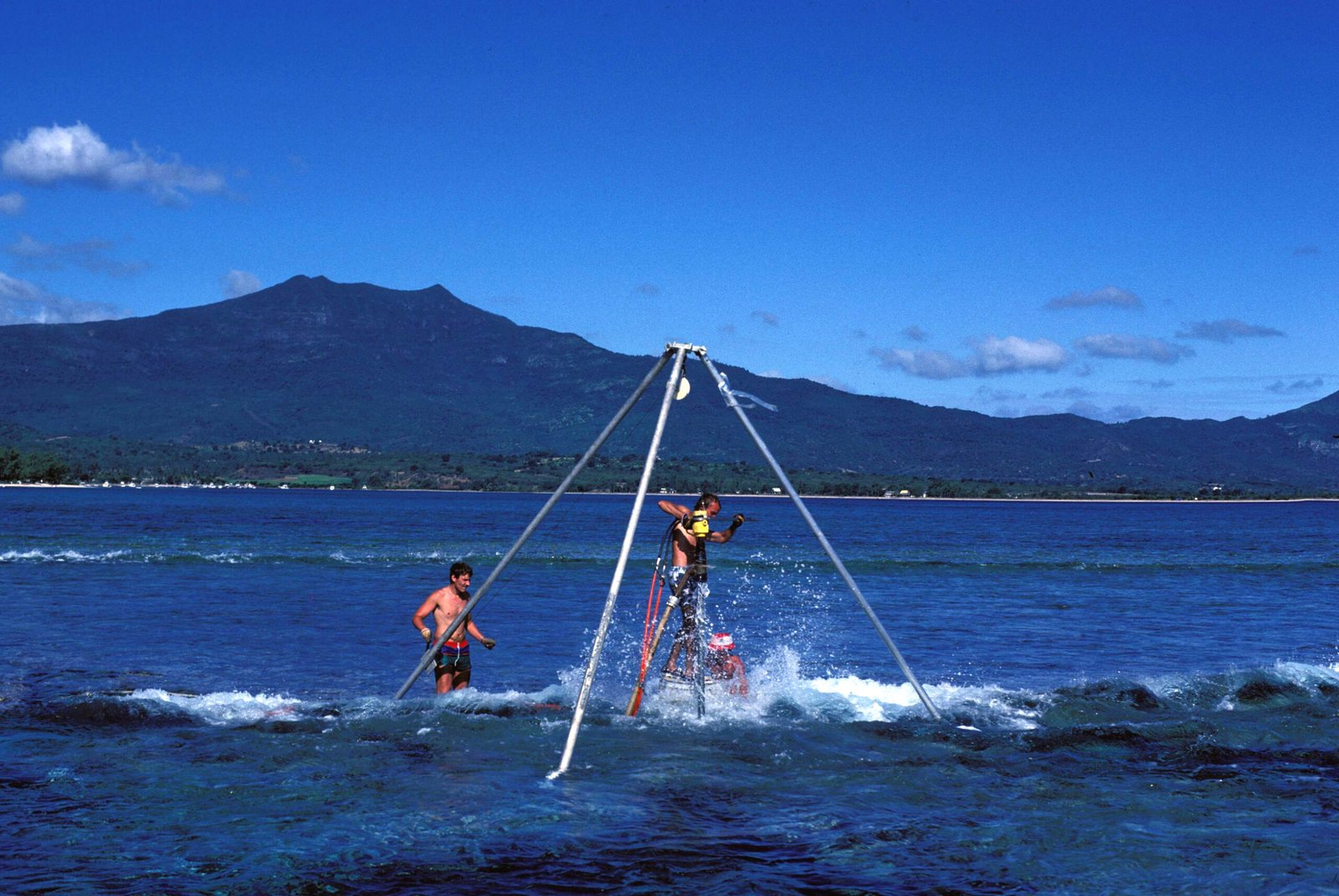
Climate change sits at the heart of the coral reef crisis. Rising sea temperatures, stronger storms, and shifting ocean chemistry all trace back to a warming planet. Unless greenhouse gas emissions are curbed, even the hardiest corals will struggle to survive. The fate of reefs is a stark warning—what happens beneath the waves doesn’t stay there. Our actions on land reverberate through the oceans, for better or worse.
The Interconnectedness of All Life
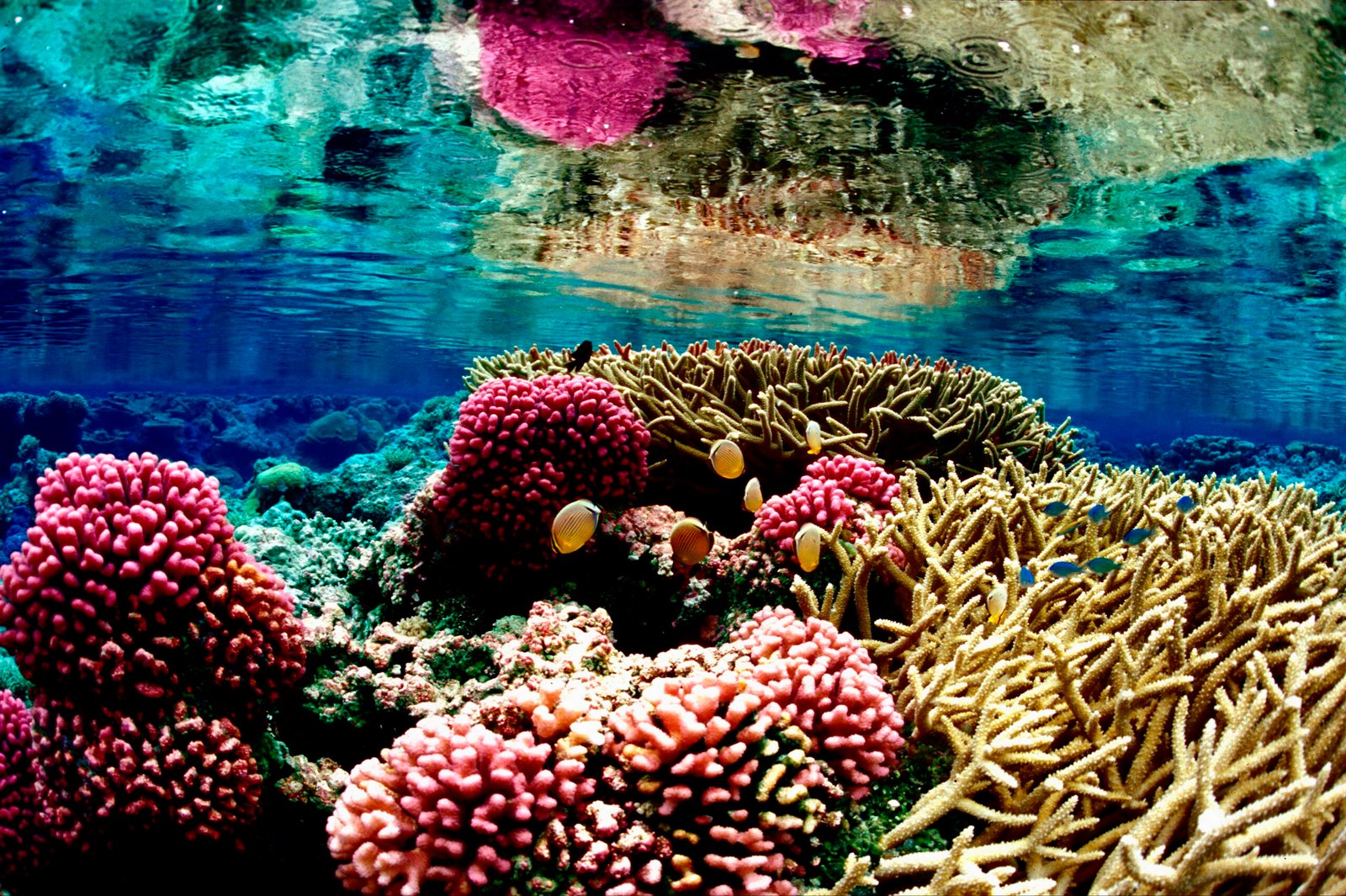
Perhaps the most powerful lesson from coral reef decline is the interconnectedness of life on Earth. Reefs support fish, which support seabirds and mammals, which in turn sustain people. The collapse of one ecosystem sends shockwaves through the web of life, reminding us that no species stands alone. As coral reefs die, the whole planet feels the loss in ways both visible and hidden.
Lessons from Past Mass Extinctions
Coral reefs have survived for hundreds of millions of years, outlasting dinosaurs and witnessing five mass extinctions. Each time, recovery took millions of years. The difference today is that the threat comes from human activity, and the pace is much faster. If reefs vanish again, it could take longer than human civilization has existed for them to return—if they return at all. Understanding this history should ignite a sense of urgency to protect what remains.
The Power of Individual and Collective Action
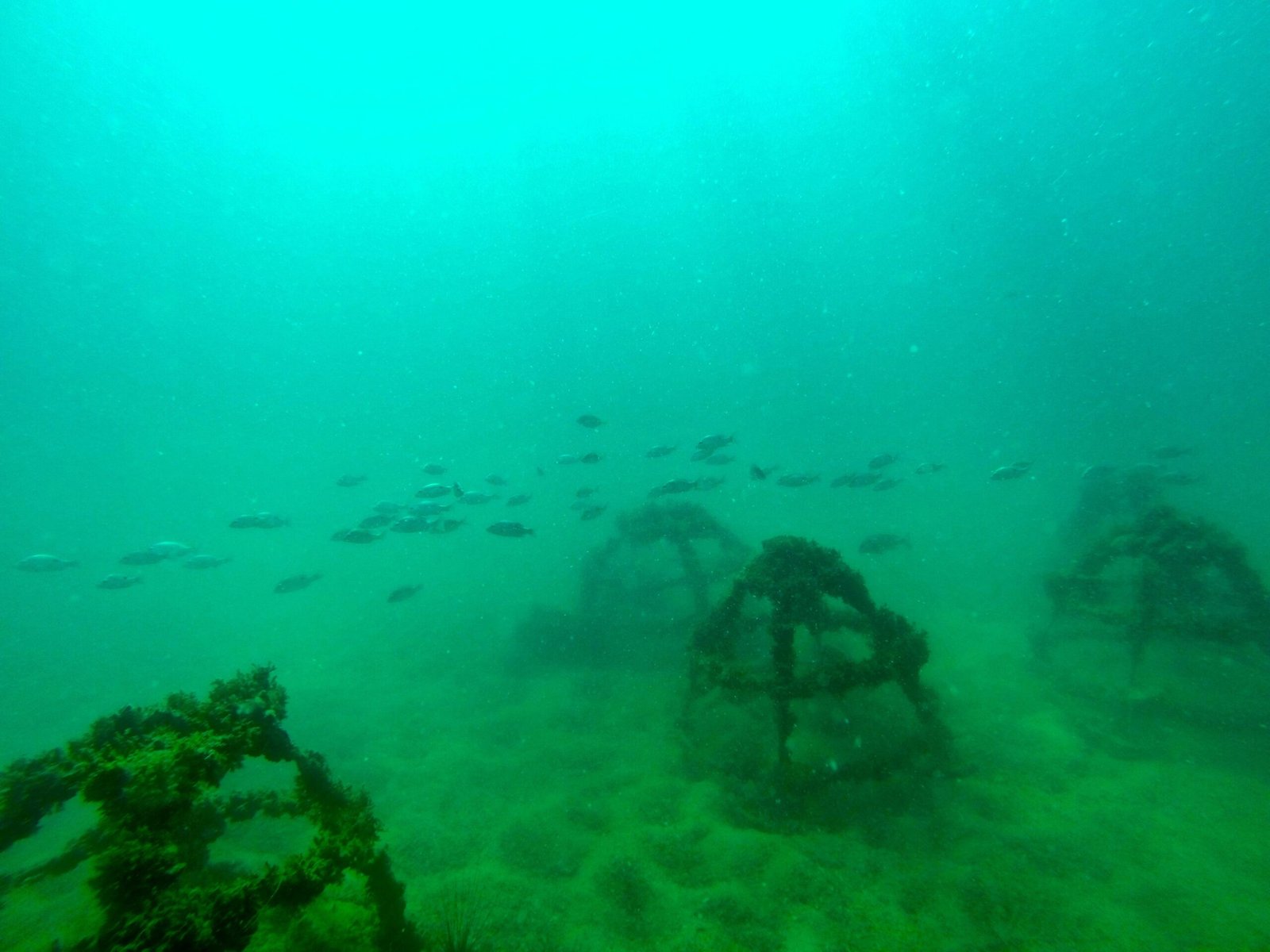
While the challenge is enormous, every person can play a role in saving coral reefs. Reducing carbon footprints, supporting sustainable seafood, and advocating for marine protected areas all make a difference. Even small changes, multiplied across millions of people, can slow the decline. The story of coral reefs is not finished yet—it’s up to us to decide the next chapter.
As we stand on the threshold of either destruction or regeneration, the fate of coral reefs hangs in the balance. The choices we make today will echo through the oceans for generations. Will we watch as these underwater wonders fade away, or rise to protect the beating heart of our blue planet?

